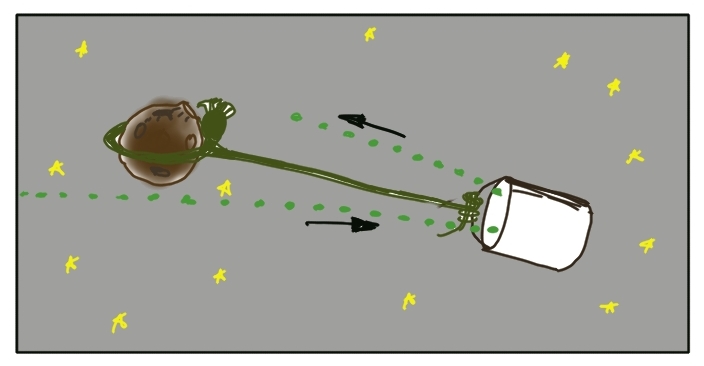Science
One Physics Assignment:
Reading: 36.3-36.7 (for
Tuesday), 36.9-36.10 (for Thursday)
Mastering Physics: finish energy assignment from last week (due Tuesday)
Written Question: Kelp in space! (due Thursday)
a)
Using a spreadsheet, make a scatterplot of your
group’s kelp data for force vs distance stretched. Report the
length and thickness of your kelp segment. How do
your results compare with Hooke's law?
b)
For each amount of stretching, estimate the total
amount of work done on the kelp to stretch it to that point. The energy
that we
put in to the kelp by stretching it goes into potential energy stored
by the
kelp. Make a plot of this potential energy vs distance stretched, and
determine
the amount of energy that was required to break your kelp.
Note:
You
should be able to use the spreadsheet to perform all of the necessary
calculations. After putting in your force and distance data, make a new
column
called "Work Done", and use a formula to calculate the net work at each
step from the previous net work and your other data.
c)
Suppose
you wanted
to
repeat the kelp stretching experiment in space. Now, there is no
gravity to pull on the bucket, so you tie one end of the kelp to a
nearby asteroid (assumed to be large enough that it doesn't move
significantly), and tie the other end to the same old bucket
(preferably using the "kelp hitch" knot). Instead of pouring water in
the bucket, you shoot peas, which rebound elastically after hitting the
bottom of the bucket (i.e. they come out in the opposite direction with
the same speed) . Based on your data, how many peas per second do you
have to shoot to acheive a 5 percent stretching of your segment of
kelp? Your standard issue pea shooter fires 0.2 gram peas at 50
m/s.

